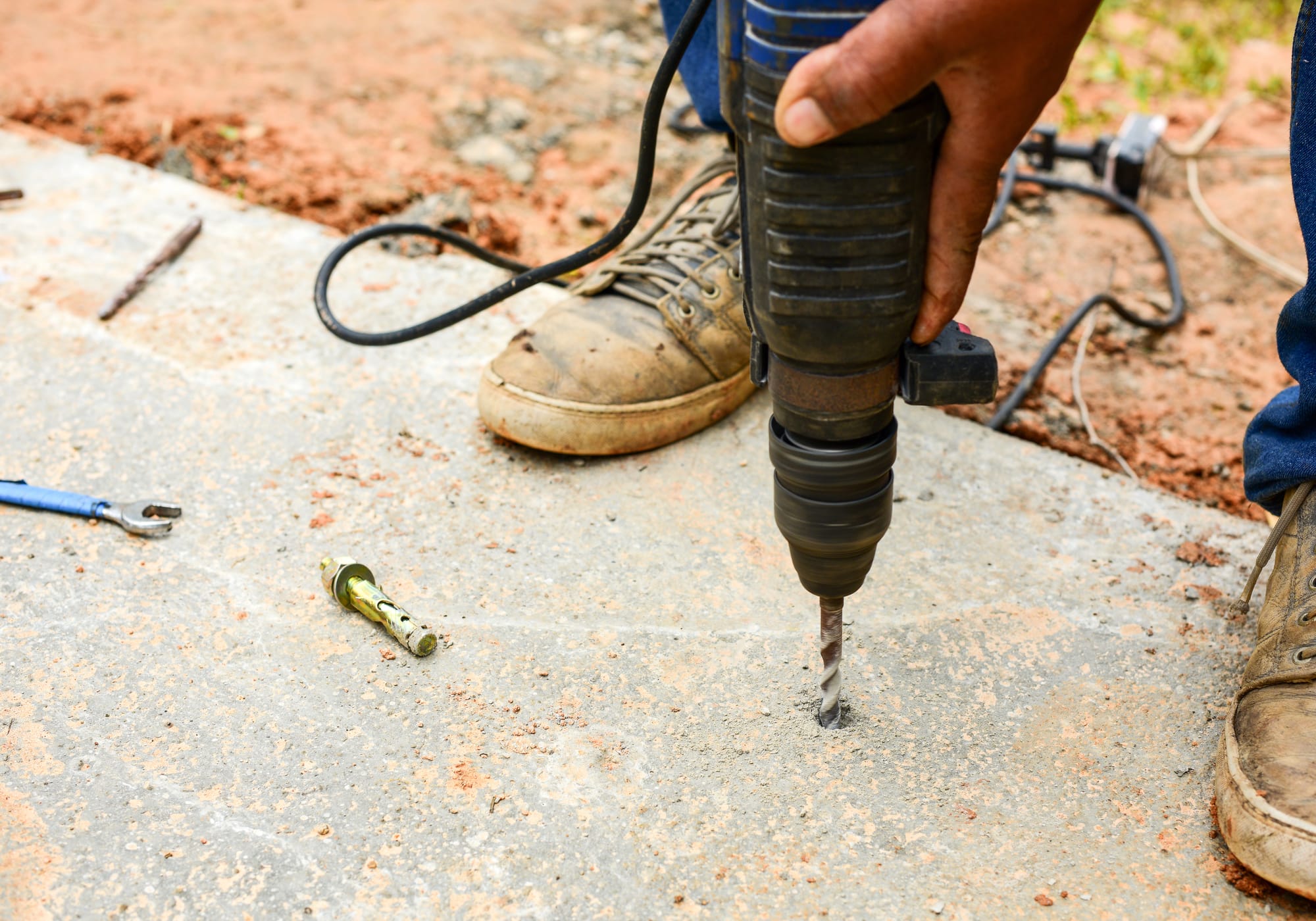When a pipe leaks, it can be a real pain to deal with. Not only is it frustrating, but it can also be very costly. Water damage is one of the most common types of damage that homeowners face, and it can be very difficult to repair. There are a few different ways that you can go about repairing a leak, and the best method will depend on the severity of the damage.
Some Common Leak Repair Methods Include:
– Fixing the joint or seal that is causing the leak
– Applying a sealant or epoxy to the leaky area
– Installing a new valve or faucet
– Repairing any cracks in the foundation or walls
The best way to repair a leak is to prevent it from happening in the first place. This can be done by regularly checking pipes and fixtures for any signs of wear and tear. If you notice a leak, make sure to call a professional right away to get it fixed before it causes any further damage.
Small Leaks
If the leak is small, you may be able to simply patch it up with some tape or sealant. This is usually only effective for very small leaks, however. If the leak is larger, you may need to replace the pipe altogether. This is a more involved repair, and it will likely require the help of a professional.
If the leak is causing water damage, you will need to take care of that as well. Water damage can be very difficult to repair, and it’s important to get it taken care of as soon as possible. This means removing any wet items from the area and drying it out completely. You may need to use a dehumidifier or air conditioner to help speed up the process.
Foundation Leaks
When your basement starts to leak, it’s important to take action right away and call a professional for basement leak repair. A basement leak can quickly turn into a much larger problem, so it’s important to nip it in the bud as soon as possible.
A foundation leak repair typically involves addressing any cracks or leaks that are causing water to seep through the foundation. This involves repairing the damaged areas and applying a waterproof sealant to help prevent further damage.
Waterproofing basement walls is also an important step in basement leak repair. This can be done by installing a waterproof sealant along the basement walls, or by installing waterproof panels or plastic sheets over the walls.
If you’re dealing with a basement leak, there are several different steps that you can take to get it repaired quickly and effectively. Whether you need to replace a pipe, fix a seal or crack, or waterproof your basement walls, there are solutions available to help you get back on track. So don’t delay – take action today and get your basement leak repaired before it causes any serious damage.
If you’re looking for basement leak repair services, it’s important to choose a reliable and experienced contractor who can get the job done quickly and effectively. You can ask for basement waterproofing companies from friends or family, or you can search online for reviews. Once you’ve found a few potential contractors, be sure to get estimates and compare their services to find the best one for your needs.





Recent Comments